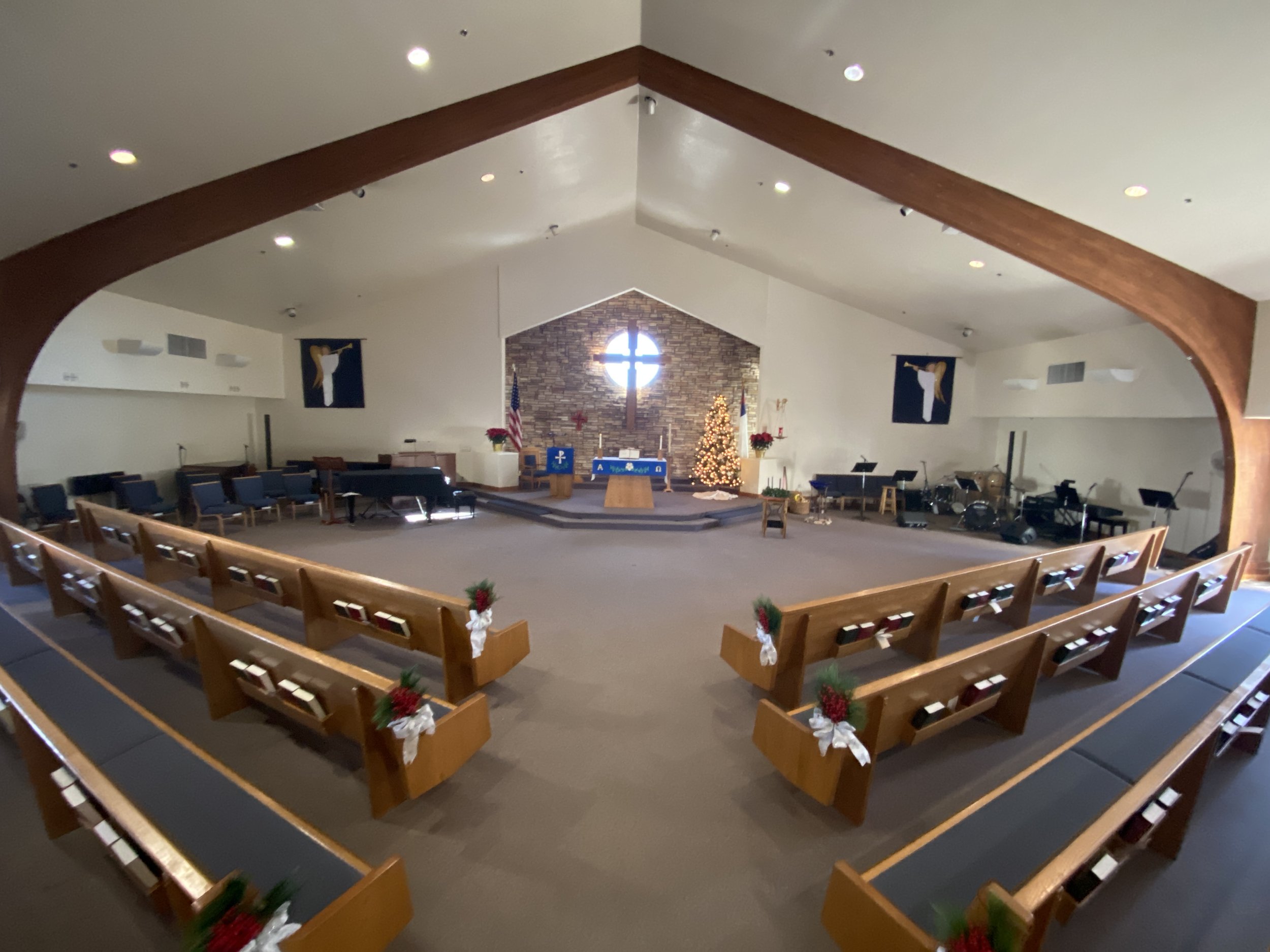As I was starting in ministry at the end of the 1990’s a movement was starting called “emerging church” (I won’t capitalize it, because, to be cool, they never capitalized anything either). It was full of Gen-X pastors with grunge music in our CD players and postmodernism in our philosophy books. Buzzwords like “deconstruction”, “juxtaposition”, and “bricolage” were all the rage. We wanted something in our churches that seemed to resonate with a new way of thinking and experiencing God, something of a more fundamental change than just updating the musical style and having the pastor rip his jeans and untuck his shirt (an evangelical liturgical garb that has shown amazing staying power). The idea was that, in a post-modern world, people didn’t learn or experience in a strictly linear or verbal way, which is how most church worship has been for centuries. What about non-linear worship, with multiple things at once? What about art and visual media? What about being hands-on, interactive, making things with clay or putting things up? And, does the sermon have to be like a one-way lecture, or could it be interactive?
Emerging worship service I did at Our Saviour’s in Tucson back in 2006. We had tables to sit on, candles on the altar, and this paint project called “the tree of life”, where I projected the tree onto the hanging muslin with an old-school overhead projector. We then painted the tree during the service, and turned the projector off to see what the new tree looked like.
All of these concepts were backed up, to some degree, by research into cognition and pedagogy. We know that we remember better when we reinforce the idea with physical interaction, and we know that lots of people learn better with visuals than just hearing. But to bring that into worship? What would that look like?
So some early pioneers did the metaphorical, and sometimes literal, raiding of the attic. They pulled out the old velvet couches and brass candlestands and icons that had been put away by the church-growth experts as being too “churchy” and not “seeker sensitive” enough. And they got the old sanctuary or the small chapel, decorated it with paintings, and had people sitting scattered around with prayer stations, ambient music, and art projects. It was like Montessori church with candles.
An emerging worship service I did in 2014 called “encounter”
To a lot of people, this was ridiculous. To those of us on the inside, it was the coolest thing ever. I remember how impactful it was to experience the first time, and how excited we were to do this new thing. Of course, no sooner did the evangelical churches hear about “emerging” as the new thing, but they tried to hand the “youth pastor” a budget and the old “youth room” to do that “gen-x outreach”. But, underneath it all, they kept the same fundamentalist theology and social politics. Bible=literal. Women=submission. Marriage=one man one woman and nothing else. It was, for them, a new stylistic fad to bring in new recruits, not a sea-change in worldview.
Emerging Theory is a scientific and philosophical concept that goes something like this: when an organism forms to a certain point, characteristics come about that are not simply predicted by the building blocks of the organism. In other words, things like life, consciousness, feeling, reason, meaning start to be thought of, but simply combining the molecules in the body doesn’t predict this. It’s sort of like a leap is made where the new organism is greater, and a step above, simply the sum of its parts.
A prayer station with icons from the House For All Saints and Sinners in Denver. Note the bean bags to sit on, “juxtaposed” with the icons, candles, and christmas lights. It’s creating a sense of holiness and transcendence, along with warmth and comfort.
For church work, this became adapted to be something more like, if a bunch of Jesus followers come together to pray, explore, learn, support – that something bigger is spontaneously created (with the Holy Spirit) than just individuals in a room. But it isn’t really something you can craft, but something that emerges from the group. You create the conditions for exploration, experience, belonging, and the form of the church and the truth and the experience will emerge.
You can see how this, ultimately, didn’t work with churches that are either heavily doctrinal, as they worry about how to make sure what emerges conforms to the beliefs we already know are right. And it also tends to get squashed if it’s within an existing church that has power structures and traditions that get threatened by the “weird stuff those kids are doing in the old chapel”. Like all creative things, it had to have it’s own space, it’s own context of both freedom and faith to succeed. And, it’s hard to replicate on a mass scale. The old fashioned “charismatic pastor with good band and lots of youth programs” still worked better for that.
Now, twenty-some years later, “emerging church” isn’t much of a thing. The upstart communities struggled to maintain good order and deal with institutional realities (paying the pastor, the rent, doing stewardship – the bread and butter stuff that you can’t wait to “emerge”). But the concept of learning non-linearly, and embracing art and creativity, and making worship flexible and collaborative, and focusing on context as “setting a space for people to encounter God” are still good insights we learned from it all. I hope to keep them.
We’ve experimented with interactive prayer stations and hands-on worship at Lord of Grace, mostly in mid-week services. Here’s a prayer wall from 2021 made from chicken wire fence mounted on a wood frame. People put their prayers on paper, rolled them up, and stuck them in the holes. It’s reminiscent of the Wailing Wall in Jerusalem, the last foundation, and all that remains of Solomon’s temple in Jerusalem.
Which brings me back to Lord of Grace and our two big initiatives right now: the strategic plan and the capital campaign. The strategic planning committee has been meeting, and developing a new mission statement, and will be coming around to the different ministries to ask questions about how you can help the church accomplish its goals. How can your group connect with the non-religious in our community, and change lives, and spread the Gospel? The plan is that we will ask the questions, and pray that the ideas and actions that will move us forward will, with some guidance, “emerge” from among us. It’s exciting work, once you get into it, to let the spirit speak to you and get inspired about making a difference.
The second part is the capital campaign. To date we have completed:
· Exterior painting
· Painting the fellowship hall
· A mural
· New roof underlayment
· Livestreaming equipment
· Two new HVAC units (sanctuary and narthex-nursery)
· Tiling in the fellowship hall and classrooms.
It’s been amazing how much we’ve done. I have to thank everyone again for all your generosity that made it happen.
The next phase will be to look at our sanctuary. A team has been put together to make recommendations to the council for upgrading and turning our sanctuary into a worship space that will be most effective. Other than removing some pews, little is different since 2002. The carpet is original, and needs to be replaced, along with some basic maintenance things. But when the team met this month we had a good discussion about what kind of room would be best for the next 20-30 years. That required digging back into the old wisdom of emerging church, and talking about the values we want to convey, the way people experience God, what kinds of uses might be needed, and how to make the space flexible for new and creative worship experiences.
We will have forums coming up, once plans are more concretely formalized, to show everyone everything we’re looking to do. But to give you a sneak-peak at some of the values and ideas that came out initially.
Warmth
Art
Beauty
Creativity
Flexibility
Color
Nature
Freedom
Openness
Community
Multi-Generational
Christ-Based
Our sanctuary today (taken in Advent). We’re imagining what we could do with this, how make it a place for future generations to encounter God. What could bring us into the future? The room is one thing that I consistently get feedback from visitors on, particularly the rock wall with the cross. it conveys a sense of transcendence and warmth that people are drawn to.
The plan is to start with the inspiration, the values, and work down to the specifics, let the specifics emerge from the brainstorming, instead of jockeying and negotiating between personal preferences. We want to position our sanctuary to be a space to encounter God, not just today, but 30 years from now. You can’t predict what that will be, but you can create a “context” for the next generation to experiment and experience in.
Doing God’s work today is not a game of just working harder, but when you can’t predict so much of the future, and things change so quickly, you have to be in a perpetual state of openness to the Spirit and adaptability, to let God speak and let the new direction emerge from prayer, community, and worship.
Peace,
Pastor Lars





